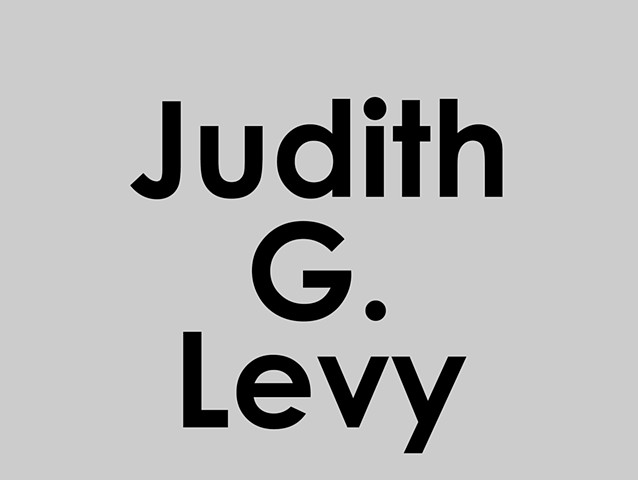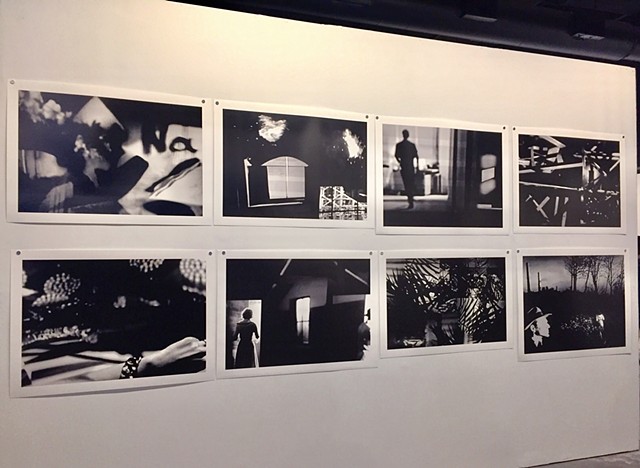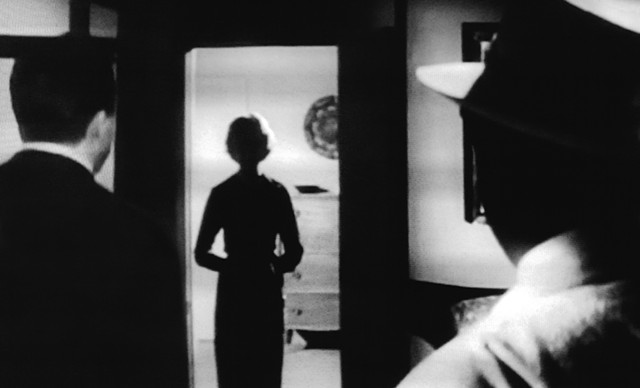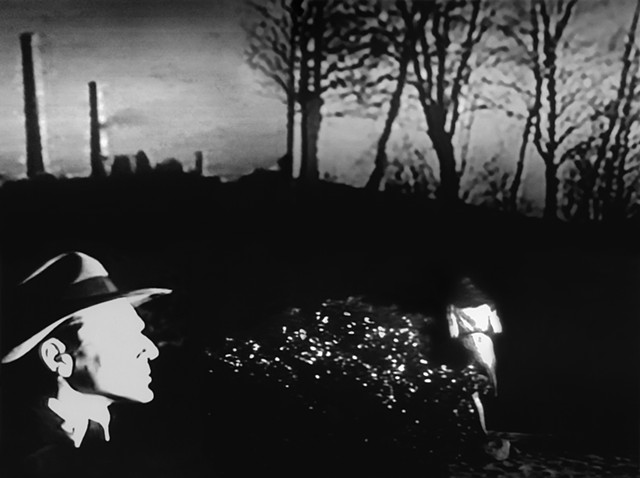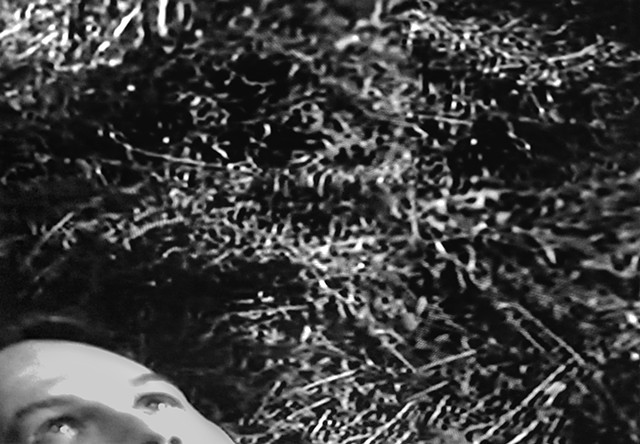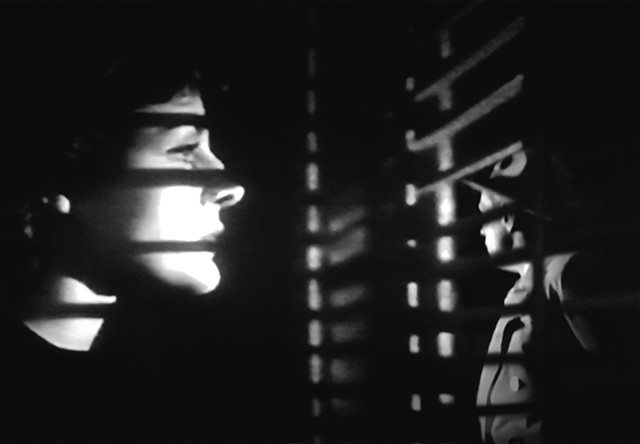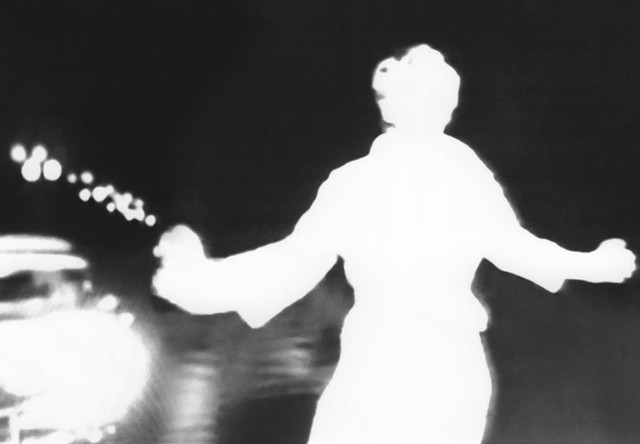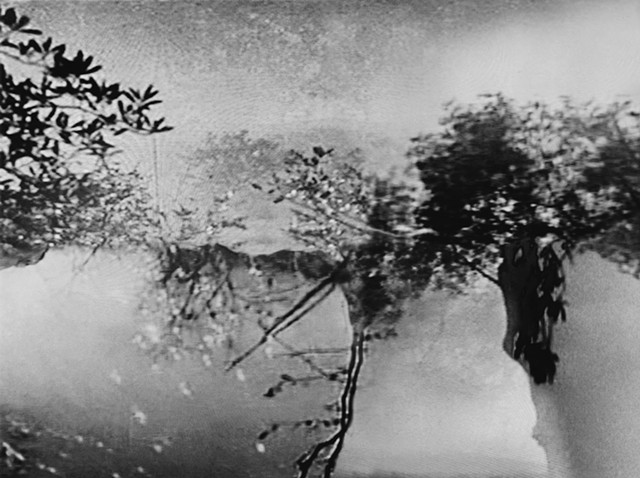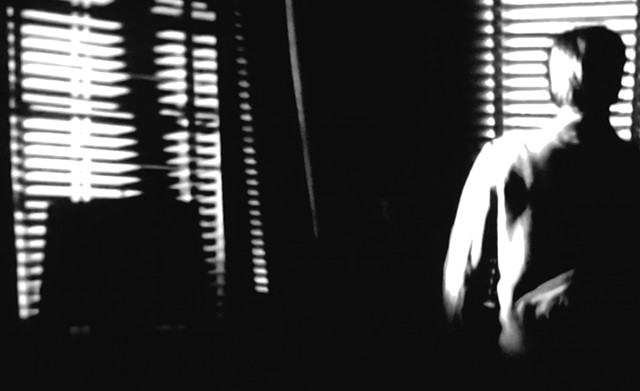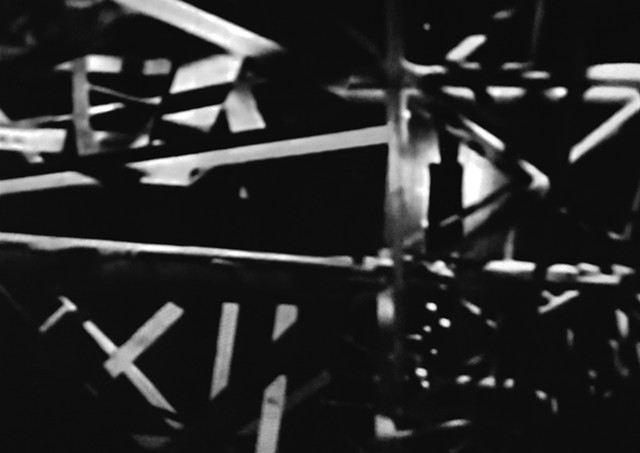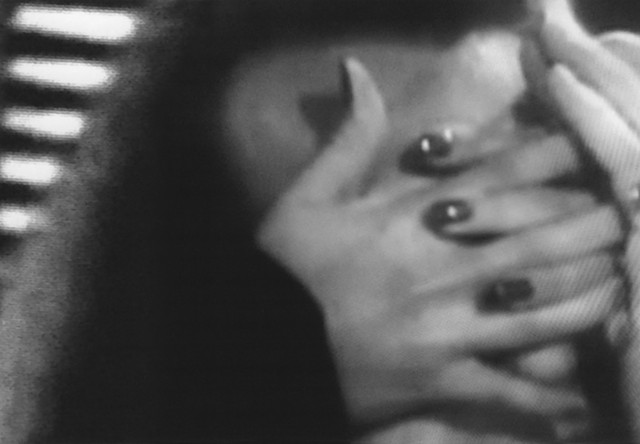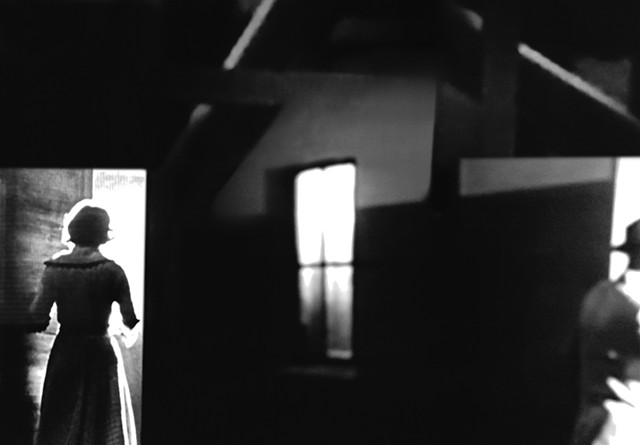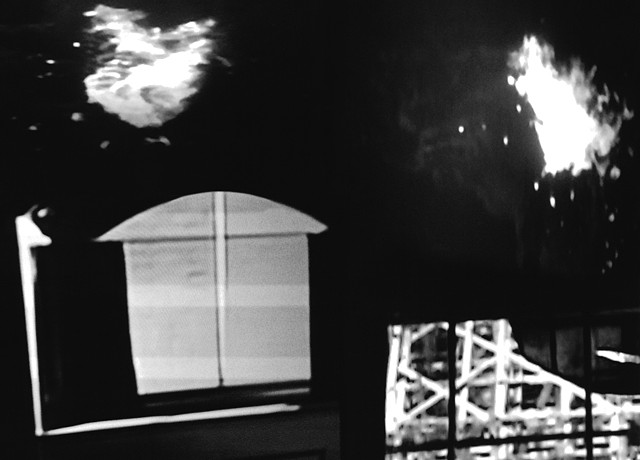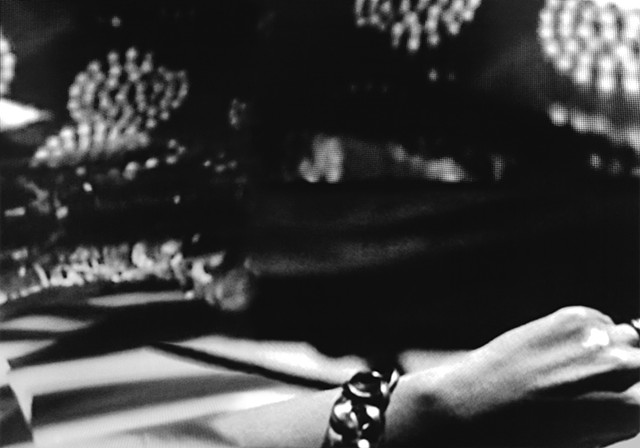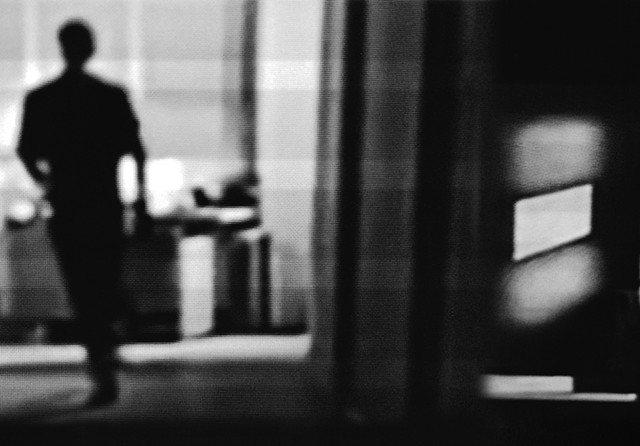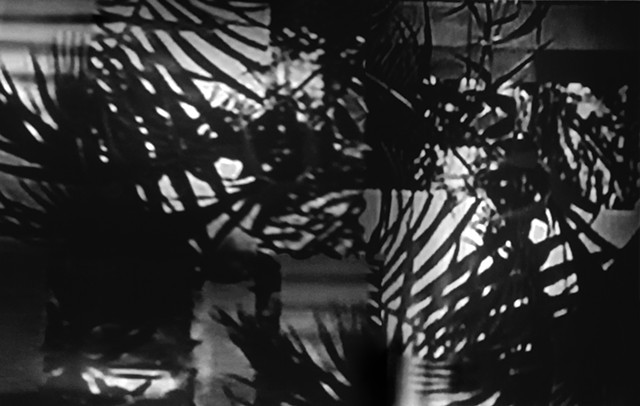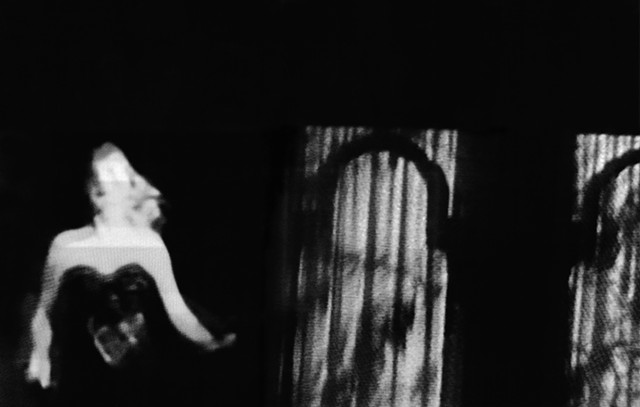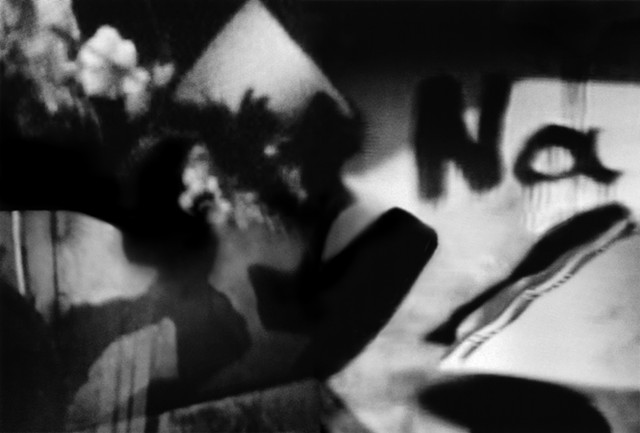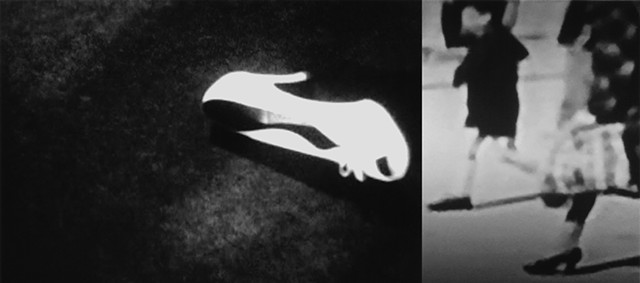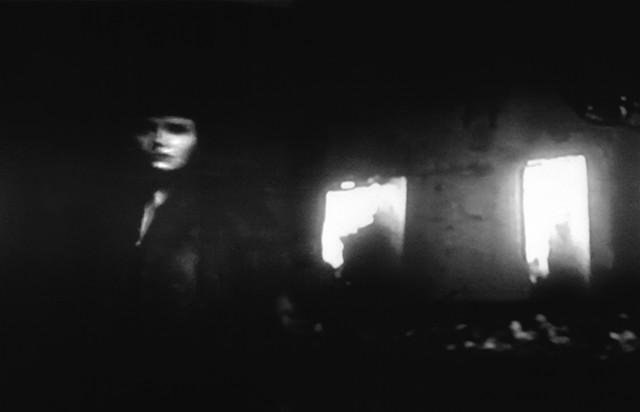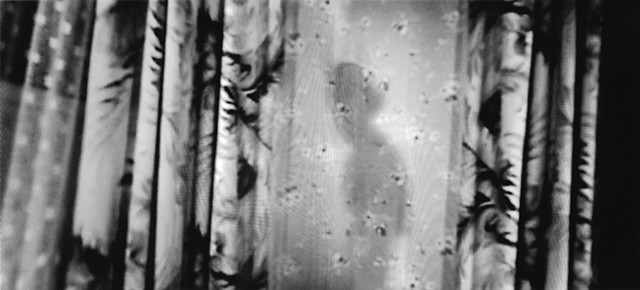The World Outside and the Pictures in my Head
The World Outside and The Pictures in my Head
These photographs are composite images created from visual elements digitally extracted from Noir and World War Two films that I first saw on television as a child/adolescent growing up in the suburbs of New York City. The title of my project, The World Outside and The Pictures in my Head, is borrowed from the journalist and critic Walter Lippmann. Lippmann wrote, “how indirectly we know the environment in which nevertheless we live”, and “that whatever we believe to be a true picture, we treat as if it were the environment itself”.
In addition to home and school environs, the significant influences that informed and shaped my child and adolescent world-view were the environments I experienced by watching these films daily on a dedicated movie channel, starting at about age eight. I am now re-visiting the films I saw, such as “Dark Passage”, “Cry Danger”, “No Man of Her Own”, “A Walk in the Sun”, or “Battleground”, and I am using my I-phone to photograph the way my eyes view details of scenes, as I watch them move across the screen. I then produce hundreds of 4 x 6 inch prints that I use to create photographic collages whose composite images are comprised of details from many different films of both genres. These new photographs embrace the romanticization of violence, power and destruction that exists in both Noir and World War Two films as well as in contemporary politics, culture and identity. I am interested in expanding the idea of a movie still to explore my own queer persona and my queer gaze as I create images that include narrative and abstract content.
While I watched films about the destruction of Europe, complicated love affairs, ambivalent heroes, femme fatales and refugees of the Holocaust, my own identity was developing. I learned about romance, injustice, loneliness, cruelty, power, suffering, passion, fear and war, and these concerns are ones I frequently explore today, often in historical contexts.
Taking a second look at these films and making new photographs from appropriated material speaks to the queer perspective I had as a child who did not view the world through a hetero-normative lens. By utilizing contemporary technology, I collapse the temporal distance between present and past. My process of appropriation, re-signification and re-contextualization creates a queer aesthetic that reflects early influences and content that focuses on my ongoing political, social and cultural concerns.
